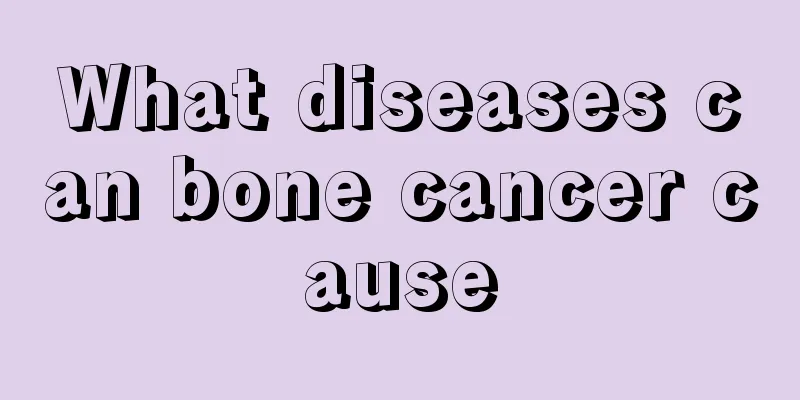Pain at the junction of thigh and pelvis

|
Various reasons can cause pain symptoms at the connection between the thigh and pelvis, such as hip arthritis, soft tissue strain or tendon injury, hip synovitis and femoral head necrosis, trauma, etc. What are the specific causes of pain at the connection between the pelvis and thigh? Is there any way to get relief? Next, I will give you a detailed introduction one by one. If you are currently suffering from this pain, it is recommended that you take a rest, avoid strenuous exercise, and read the following content carefully, which may be helpful to you. 1. For the hip joint, pain may be caused by hip arthritis or femoral head necrosis. You need to make a clear diagnosis through examination. You can do a hip joint magnetic resonance imaging. If the examination shows hip arthritis, it can be treated with hot compresses, massage, and external plasters. If the pain is obvious, you can take diclofenac sodium sustained-release capsules. If there is femoral head necrosis, if the femoral head has not collapsed, you can use circulation-improving drugs and avoid weight-bearing walking. If collapse has occurred, surgical treatment is required. 2. Check whether there is soft tissue strain or tendon injury. Consider checking whether there is any redness or swelling, and also look at the pelvic X-ray. Then consider taking some blood-activating and analgesic drugs orally, and appropriate hot compress and massage treatments. 3. Hip bursitis should be treated in time and healed quickly, otherwise it will cause damage to the blood supply system of the femoral head, and the situation will not be optimistic. Professional Chinese medicine external application treatment has the effects of promoting blood circulation and removing blood stasis, relieving inflammation and pain, promoting blood circulation, repairing degenerated and damaged femoral cartilage and ligaments, etc. The effect is stable and there is no recurrence after healing. During the treatment, there is no impact on normal life and no toxic side effects. 4. The clinical symptoms of femoral head necrosis vary depending on the site of occurrence and the size of the necrosis. Most cases of intramedullary bone necrosis are static and have no clinical symptoms. Small-scale bone necrosis often has symptoms, but has little effect on function. Pain is often the main symptom of bone necrosis, usually chronic dull pain, and in some cases the symptoms may be severe. The pain may gradually increase with joint movement, and eventually develop into pain even at rest, and often requires medication to relieve. The affected joints often have limited movement, sometimes local tenderness, and may have lameness. In severe cases, the bilateral femoral heads are completely necrotic and absorbed, and cannot stand or walk. For those with mild symptoms who suspect ischemic necrosis of the femoral head, further special examinations are required. We want to emphasize that the use of MRI examinations is a better method for early diagnosis of ischemic necrosis of the femoral head. |
<<: The outer thigh muscles hurt when I walk
>>: Pain in inner thigh when lifting leg
Recommend
Treatment of herpes zoster and chickenpox
If you have shingles and chickenpox and do not re...
What are the treatments for mouth ulcers
Mouth ulcers are not a serious disease, but the p...
What are the psychological harms of ovarian cancer to children
Children are a special group of people who are in...
Why do I have a headache after waking up
The purpose of sleep is to allow the body to rest...
There are many small black spots on my body
Some people suddenly find that they have many sma...
The main functions of plasma proteins
The main functions of plasma proteins are to main...
It hurts when I step on the soles of my feet
The soles of our feet are very important to us, b...
How to treat calf blood vessel blockage
Many people suffer from blockage of blood vessels...
What are the ways to fold baby diapers
When we were young, we all used something called ...
Why do you want to eat sweet food?
The food we eat every day has various flavors. Ma...
Can I drink mint tea every day?
Many people like the taste of mint, and the same ...
What to do if patients with gallbladder cancer have unbearable skin itching
Gallbladder cancer patients may experience sympto...
Analysis of the diet for late-stage prostate cancer
The treatment of advanced prostate cancer is a to...
How long does it take for a caesarean section wound to heal completely
Caesarean section will definitely leave a wound, ...
What are the symptoms of waist wind?
The waist is an important part of our body. If th...









